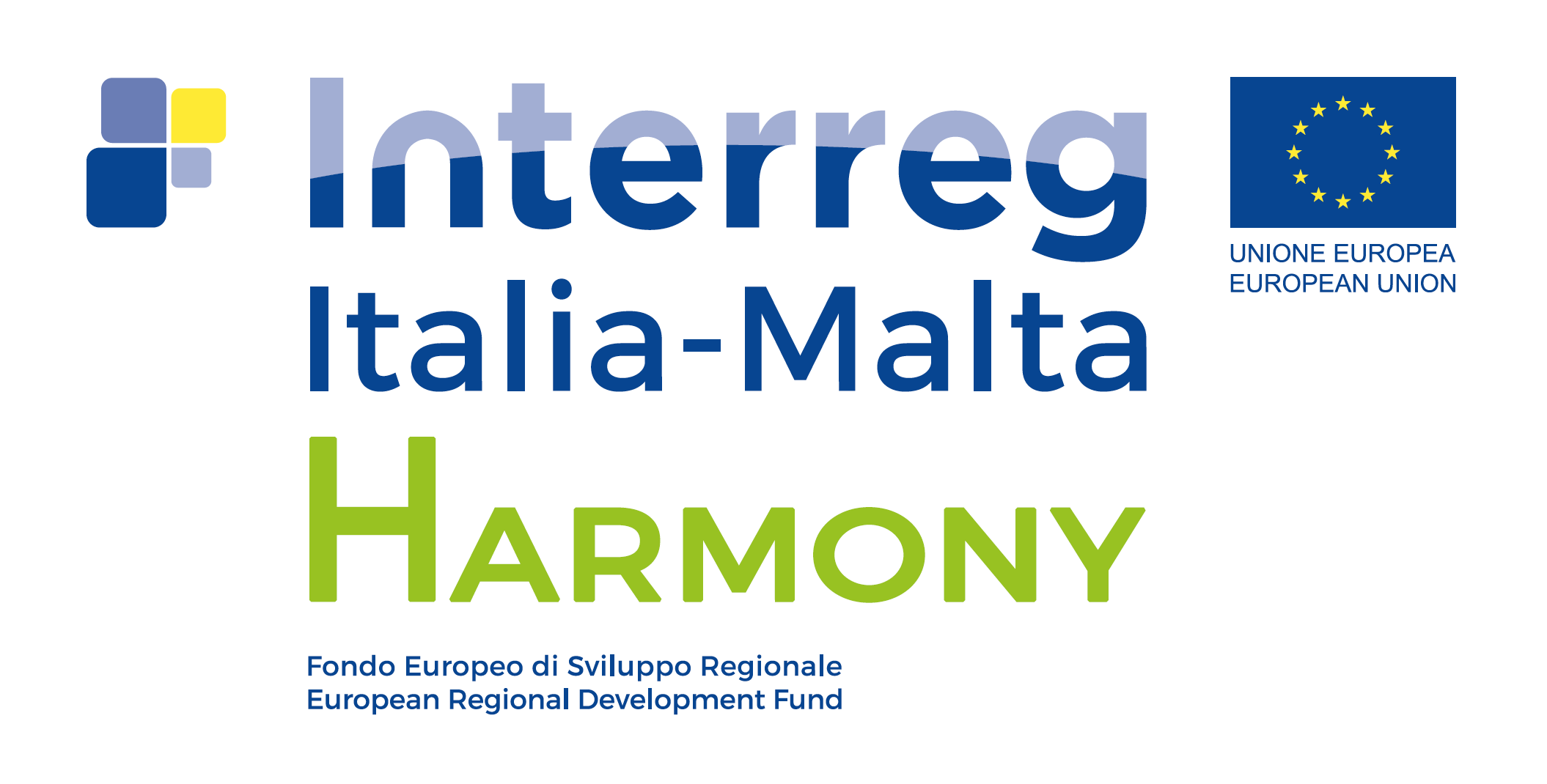The Marine Strategy Framework Directive
The aim of the European Union's ambitious Marine Strategy Framework Directive (MSDFD) is to protect more effectively the marine environment across Europe. The Marine Directive was adopted on 17 June 2008. The Directive enshrines in a legislative framework the ecosystem approach to the management of human activities having an impact on the marine environment, integrating the concepts of environmental protection and sustainable use. The Commission also produced a set of detailed criteria and methodological standards to help Member States implement the Marine Directive. Annex III of the Directive was also amended in 2017 to better link ecosystem components, anthropogenic pressures and impacts on the marine environment with the MSFD's 11 descriptors and with the new Decision on Good Environmental Status.
The Marine Directive aims to achieve Good Environmental Status (GES) of the EU's marine waters by 2020 and to protect the resource base upon which marine-related economic and social activities depend. It is the first EU legislative instrument related to the protection of marine biodiversity, as it contains the explicit regulatory objective that "biodiversity is maintained by 2020", as the cornerstone for achieving GES.
In order to achieve its goal, the Directive establishes European marine regions and sub-regions on the basis of geographical and environmental criteria. The Directive lists four European marine regions – the Baltic Sea, the North-east Atlantic Ocean, the Mediterranean Sea and the Black Sea – located within the geographical boundaries of the existing Regional Sea Conventions. Cooperation between the Member States of one marine region and with neighbouring countries which share the same marine waters, is already taking place through these Regional Sea Conventions.
In order to achieve GES by 2020, each Member State is required to develop a strategy for its marine waters (or Marine Strategy). In addition, because the Directive follows an adaptive management approach, the Marine Strategies must be kept up-to-date and reviewed every 6 years.
- The initial assessment of the current environmental status of national marine waters and the environmental impact and socio-economic analysis of human activities in these waters.
- The determination of what GES means for national marine waters o The establishment of environmental targets and associated indicators to achieve GES by 2020.
- The establishment of a monitoring programme for the ongoing assessment and the regular update of targets.
- The development of a programme of measures designed to achieve or maintain GES by 2020.
- The process is cyclical and the second cycle starts again in 2018.

The HARMONY project specifically focuses on two MSFD Descriptors – Descriptor 2 (“Non-indigenous species introduced by human activities are at levels that do not adversely alter the ecosystems”) and Descriptor 6 (“Sea-floor integrity is at a level that ensures that the structure and functions of the ecosystems are safeguarded and benthic ecosystems, in particular, are not adversely affected”). The Convention on Biological Diversity (CBD) defines non-indigenous species as species whose introduction or spread threaten biodiversity. Non-indigenous species are species introduced outside their natural past or present range, which might survive and subsequently reproduce. These species are introduced in situations where exchange of people or goods takes place between countries and continents, by shipping for example. The sea-floor integrity reflects the characteristics (physical, chemical and biological) of the sea bottom. These characteristics delineate the structure and functioning of marine ecosystems, especially for species and communities living on the sea floor (benthic ecosystems). Further detail about these two Descriptors as well as about the remaining MSFD Descriptors can be gleaned here. The full text of the MSFD can be accessed through this EU Commission link.
